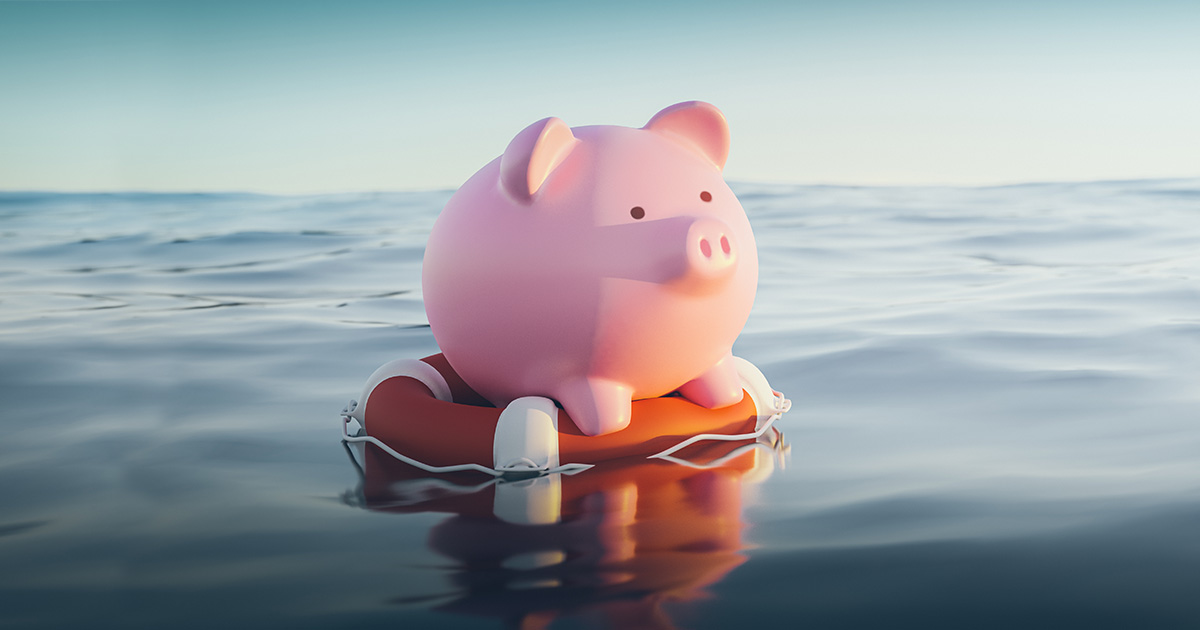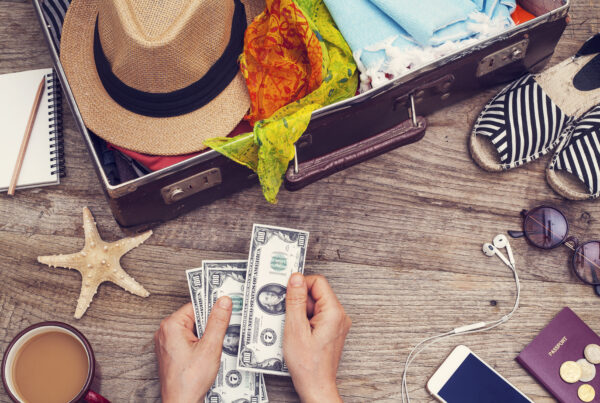If this worldwide pandemic has taught us anything, it’s to value the little things. The birthdays celebrated with grandma, the leisure strolls through department stores and a child’s excitement upon finding coins in the couch cushions.
In addition to soaking up life’s little moments, the pandemic has also taught us the value of planning ahead—especially when it comes to money. Making sure you have cash set aside in an emergency fund for whatever comes next (Locusts? Frogs?) is important for your security and peace of mind. So, where do you start and how much should you set aside?
Do the math.
- Put your expenses under the microscope. List all of your expenses (yes, ALL) and then categorize them into ‘needs’ and ‘wants.’ The needs are the bills that have to get paid and the basic necessities for daily living. If you have to dip into your emergency fund for an extended time, you’ll have to plan to cut out almost all the ‘wants.’ You can even prioritize the ‘wants’ into what you’d cut first down to the last to go.
- Add ‘em up. Calculate your total expenses per month. Don’t forget to factor in any bills that only come through once or twice a year like car insurance or copays for an annual doctor visit. This is the amount you’ll need in your emergency fund to cover one month (more below on how many months’ worth you’ll want to save).
- Re-examine your income. From odd jobs to your main gig, determine how much actual cash you bring in each month before paying your bills.
- Slice ‘n’ Dice. Subtract your expenses from your income, and then figure out how much you can set aside each month to fill up your emergency fund. Don’t panic if the amount seems low! Emergency funds aren’t built overnight. You can start small and work your way toward your ultimate goal.
How much should I save?
Aim for an emergency fund that can cover three to six months’ worth of expenses, but keep in mind that this may vary based on your lifestyle and personal needs. Consider things like:
- Your job or source of income – If you can’t work or lose your job, is it easy or difficult to replace? Do you have a side hustle you can fall back on?
- Your household – How many people are you supporting? If it’s just you, then less money may be fine. If it’s your whole family, you may want a larger nest egg.
- Your lifestyle – Are more of your expenses fixed or flexible? You might be able to break a lease and move to a less expensive place, but selling a home to downsize to a smaller monthly housing expense can be much more difficult.
- Your comfort level – You want to have enough savings, but you don’t want to skip showers (and buying shampoo) just to build it. Think through the amount that’s both attainable and makes you feel secure.
A few tips to build your emergency savings fund.
If you want to stretch your fund farther, there are other ways to prepare for that future rainy day.
- Pay off debts like your car or credit cards so you can mark those expenses off your list.
- Try to take care of maintenance and repairs sooner rather than later so little problems don’t turn into major fixes.
- Set aside a little each week, and watch your savings account grow. Try something like $1 the first week, $2 the second week and so on. By the end of one year’s time, you’ll have $1,378 (plus dividends) saved up!
An emergency fund isn’t just if you lose your job. It can also cover things like an emergency appendectomy, a car that goes kaput on the interstate or roof repairs due to a sudden hailstorm.
To help save your emergency fund for exactly that, you can set up a separate savings like Verve’s Name Your Savings account. This will help you watch as the account grows while resisting the urge to dip into the funds. Then, once your emergency savings is fully funded, start setting aside money for a new goal, such as a trip to the beach or a bigger, better TV.






 Federally Insured by NCUA |
Federally Insured by NCUA |  Equal Housing Opportunity |
Equal Housing Opportunity |